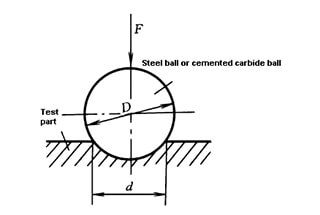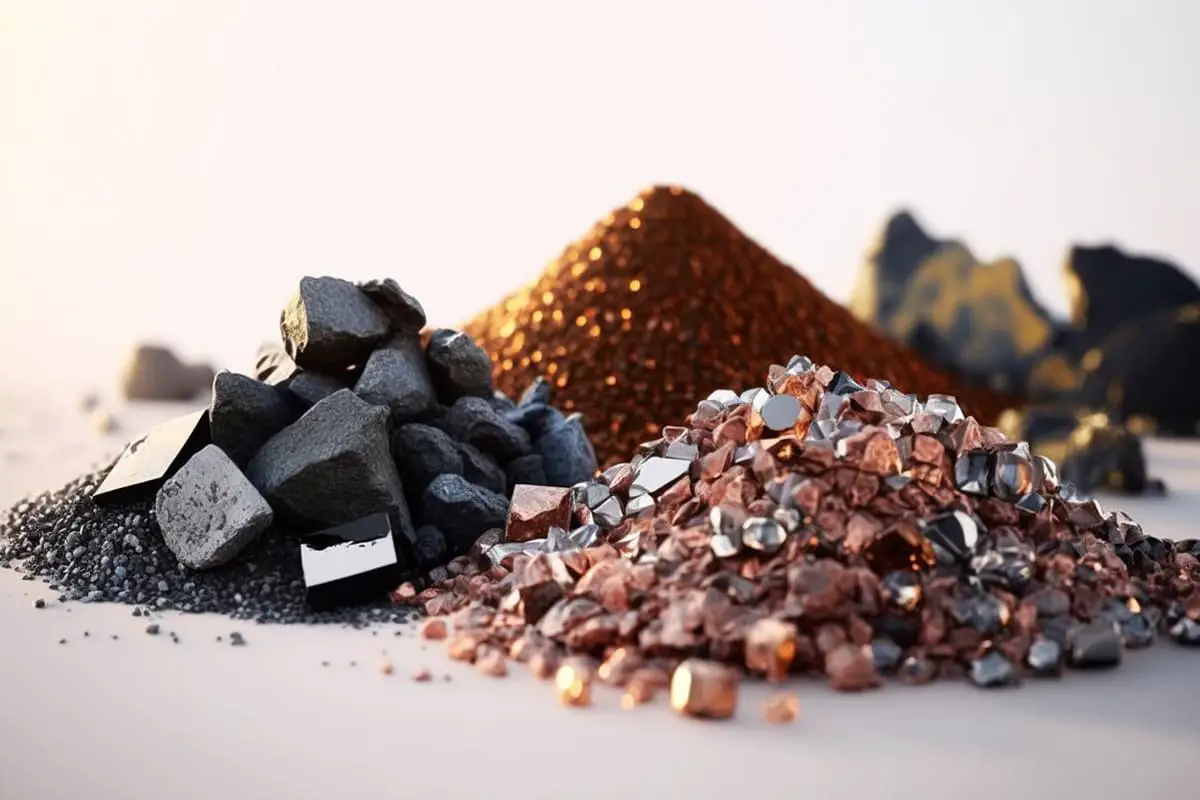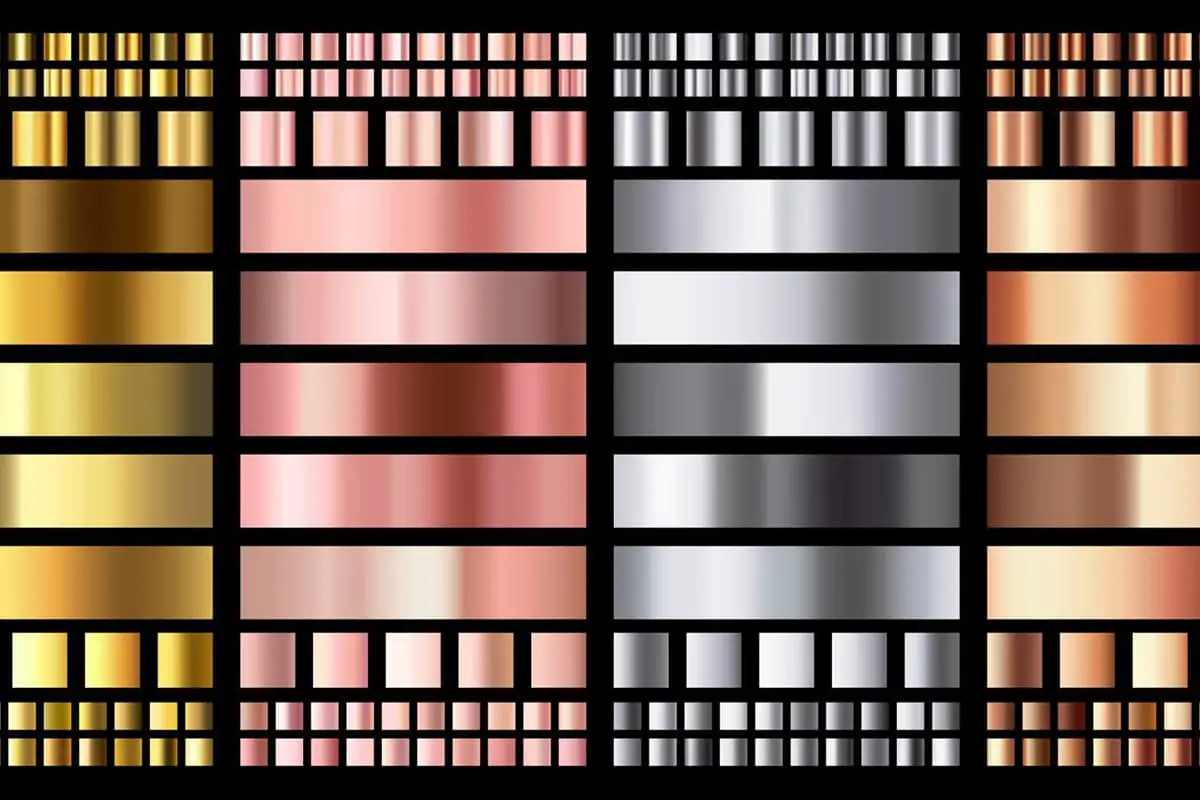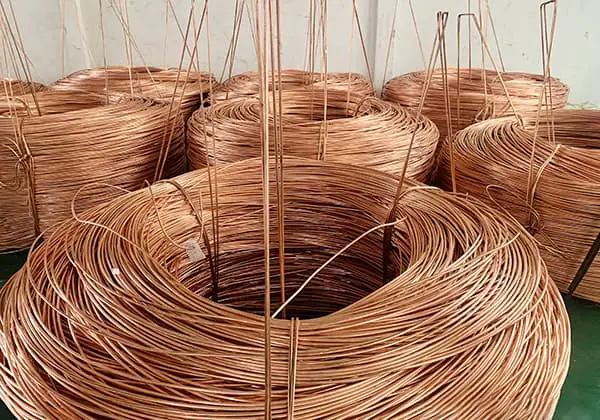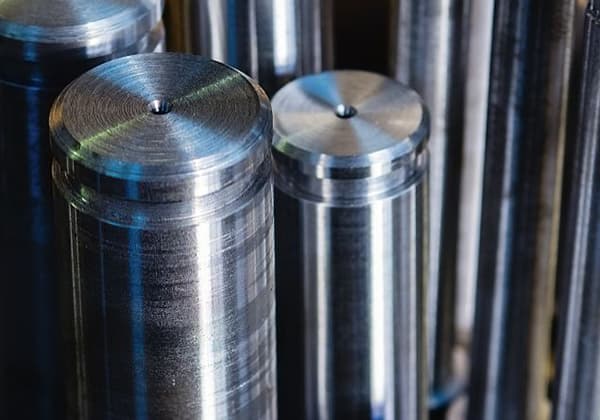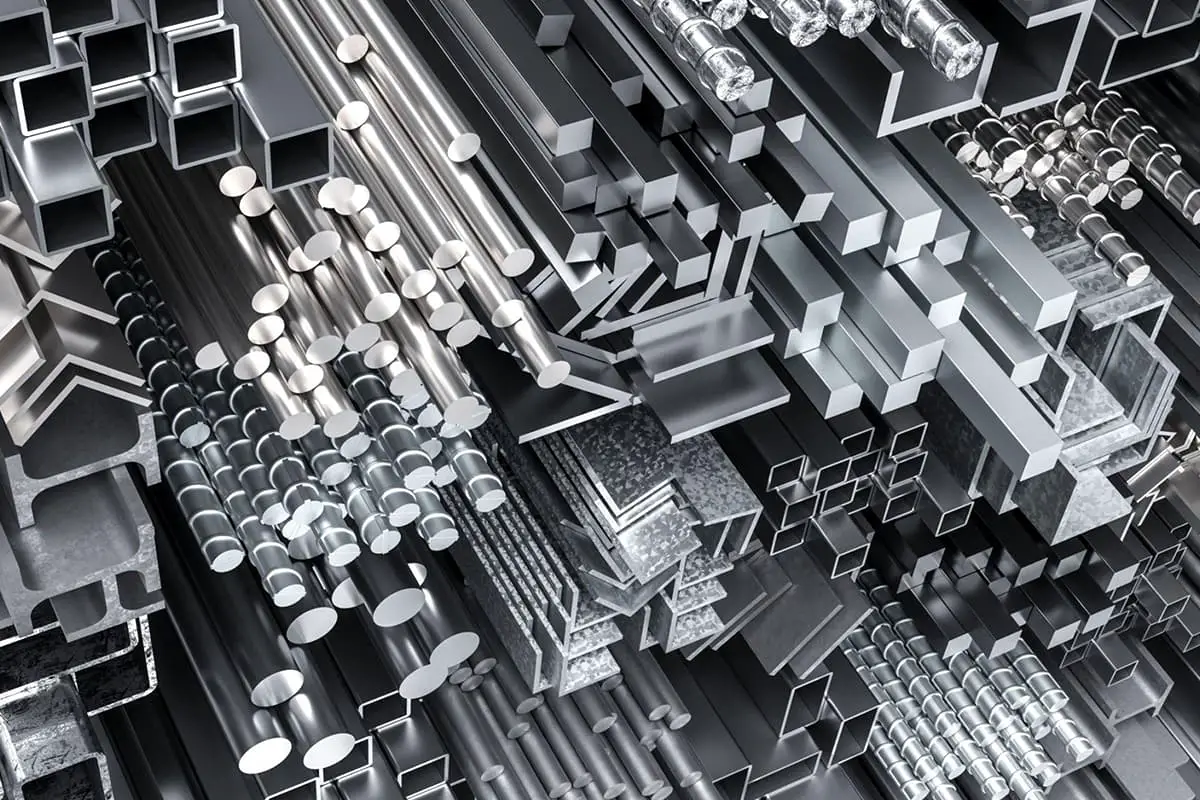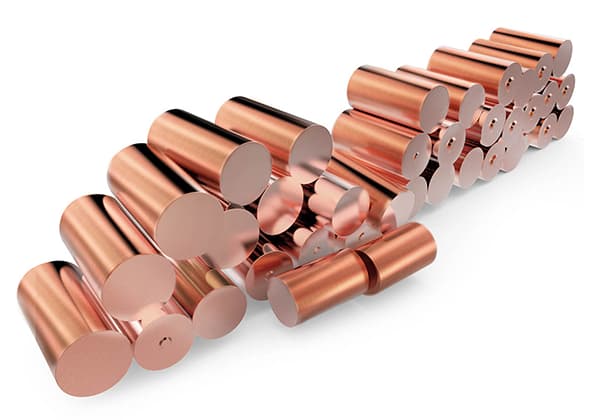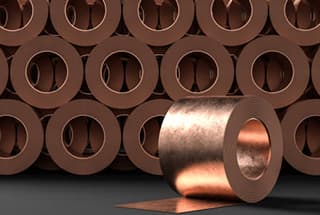
Have you ever wondered what makes bronze so special and versatile? This article explores the fascinating world of bronze, an alloy primarily made of copper mixed with elements like tin, aluminum, and silicon. We’ll uncover its unique properties, various types, and practical applications, providing insights from experienced mechanical engineers. Get ready to learn how bronze has shaped industries with its strength, elasticity, and corrosion resistance!
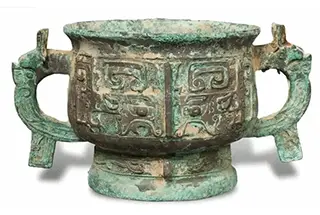
What is Bronze and What is it Made of?
Bronze is a type of alloy that is primarily composed of copper. It is a mixture of copper with other elements such as tin, aluminum, beryllium, silicon, manganese, cadmium, zirconium, titanium, magnesium, and iron.
All alloys of copper except for pure copper and the copper-zinc series (brass) and copper-nickel series (white copper) can be classified as bronze.
The addition of other elements to the copper in bronze increases its strength, and gives it specific properties. Bronze has a high resistance to compression, and its high elasticity, resistance to softening, and resistance to corrosion and wear make it a useful material for a variety of applications. Although it can be difficult to process, these properties have led to a broad range of uses for bronze.
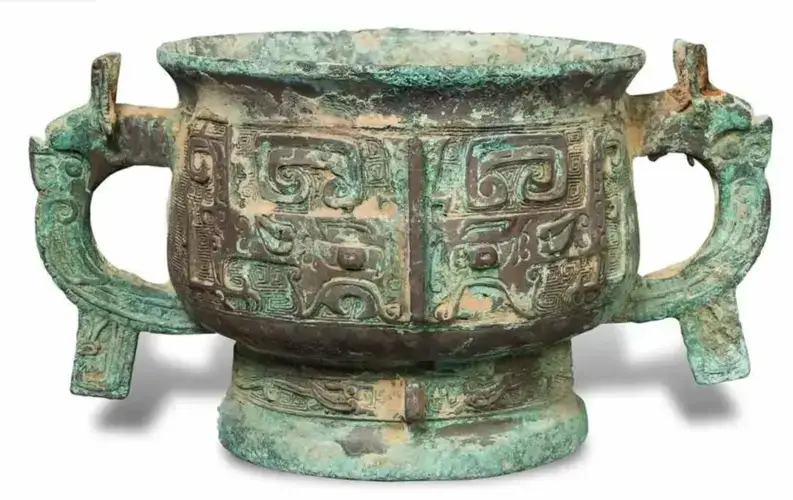
How many types of bronze exist?
Bronze can be classified into several categories based on its main elements. These include tin bronze (including tin phosphorus bronze), aluminum bronze, beryllium bronze, silicon bronze, manganese bronze, chromium bronze, cadmium bronze, zirconium bronze, chromium zirconium bronze, titanium bronze, magnesium bronze, and iron bronze, among others.
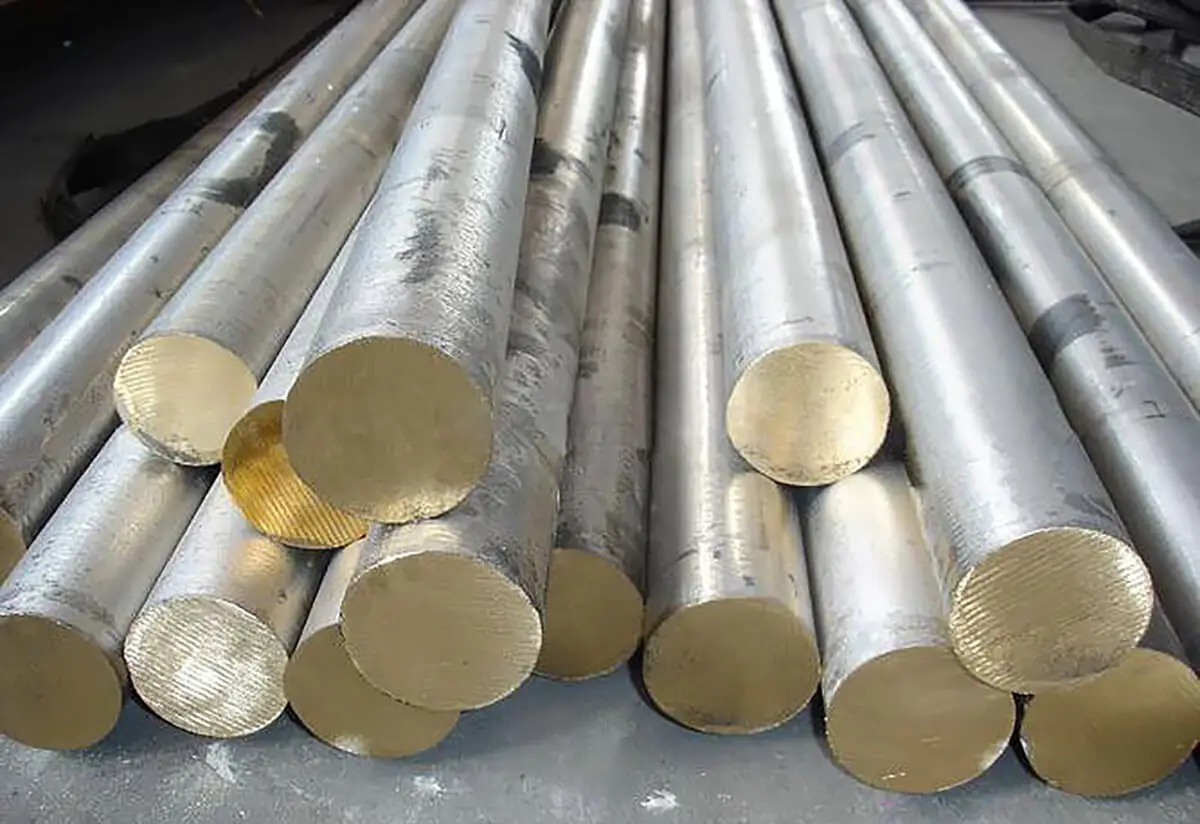
The type of copper-based alloy that has tin as its primary element is referred to as tin bronze. Tin bronze used in the industrial sector typically contains between 3% and 14% tin.
Tin bronze with less than 5% tin content is ideal for cold working processes. On the other hand, tin bronze with tin content ranging from 5% to 7% is suitable for hot working. For casting applications, tin bronze with more than 10% tin content is preferred.
Tin bronze is widely utilized in various industries, including shipbuilding, chemical, machinery, and instrumentation. It is mainly used to manufacture wear-resistant parts such as bearings, shaft sleeves, and elastic components like springs, as well as anti-corrosion and anti-magnetic parts.
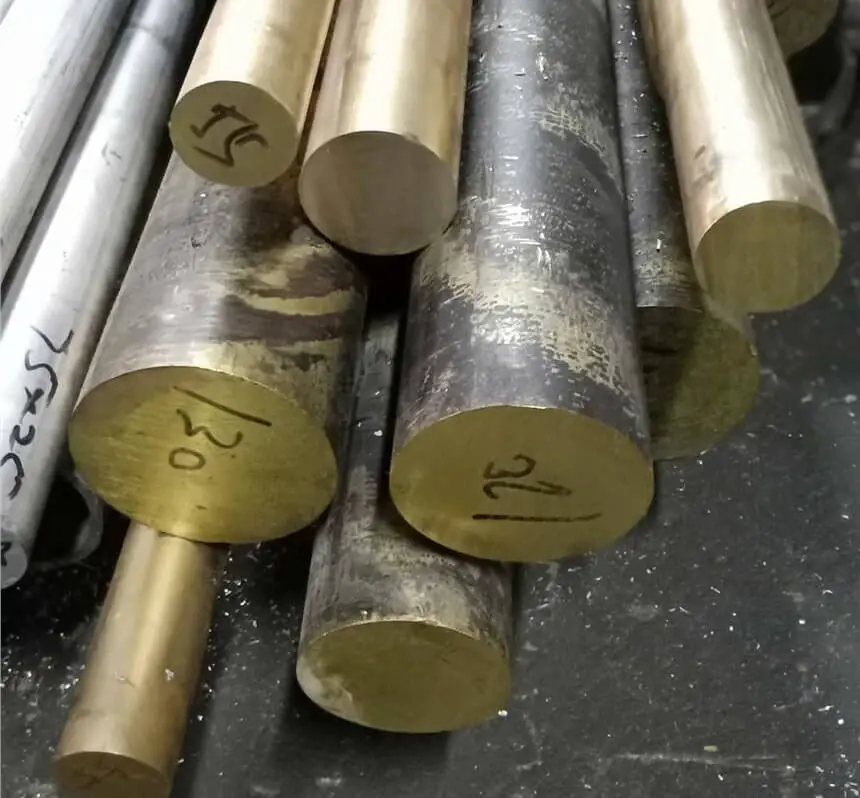
The type of copper-based alloy that has aluminum as its main element is known as aluminum bronze. Aluminum bronze has higher mechanical properties compared to brass and tin bronze.
In practice, aluminum bronze contains 5% to 12% aluminum, with aluminum content between 5% and 7% providing the best plasticity, making it ideal for cold working. However, when the aluminum content is greater than 7% to 8%, the strength of the alloy increases, but its plasticity decreases significantly. Therefore, it is mostly used in cast form or after hot working.
In terms of wear resistance and corrosion resistance, aluminum bronze outperforms brass and tin bronze in atmospheric, seawater, seawater carbonic acid, and most organic acids.
Aluminum bronze can be used to manufacture high-strength wear-resistant parts like gears, shaft sleeves, and worm gears, as well as high corrosion resistance elastic elements.
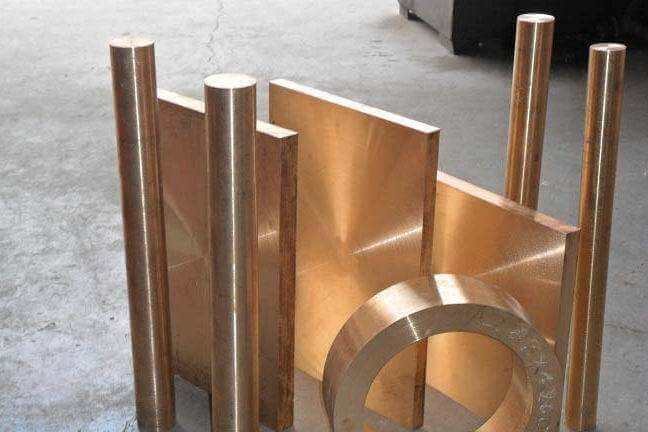
The type of copper alloy that has beryllium as its primary element is referred to as beryllium bronze. The beryllium content in beryllium bronze typically ranges from 1.7% to 2.5%.
Beryllium bronze is characterized by its high elastic limit and fatigue limit, excellent wear resistance and corrosion resistance, good conductivity and thermal conductivity, non-magnetism, and the absence of sparks when impacted.
It is mainly used for the manufacture of critical springs in precision instruments, clock gears, bearings, and bushings that work under high speed and high pressure, as well as welding electrodes, explosion-proof tools, navigation compasses, and other vital components.
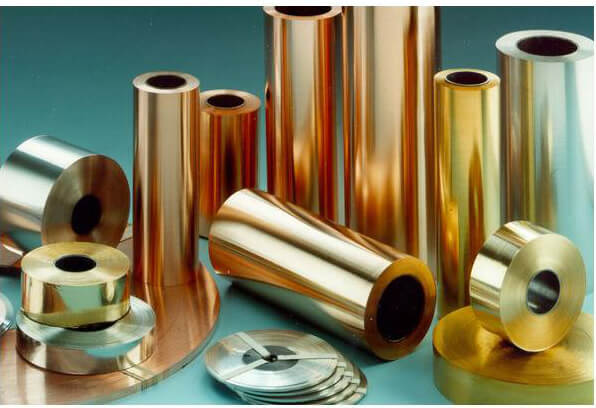
The type of bronze that has silicon as its main element is known as silicon bronze. In addition to silicon, silicon bronze used in the industrial sector also contains trace amounts of manganese, nickel, zinc, or other elements.
Silicon is a limited solid solution in copper, with the maximum solubility being 5.3% at 852°C, which decreases as the temperature decreases. However, the aging hardening effect is not significant, and generally, no strengthening heat treatment is performed.
The silicon content of deformable silicon bronze ranges from 1% to 4%. With an increase in silicon content, a brittle phase may appear, reducing the plasticity of the alloy.
Silicon bronze has a narrow temperature range of crystallization, good fluidity, and higher mechanical properties compared to tin bronze. It can be used as a substitute for tin bronze in the machinery manufacturing industry.
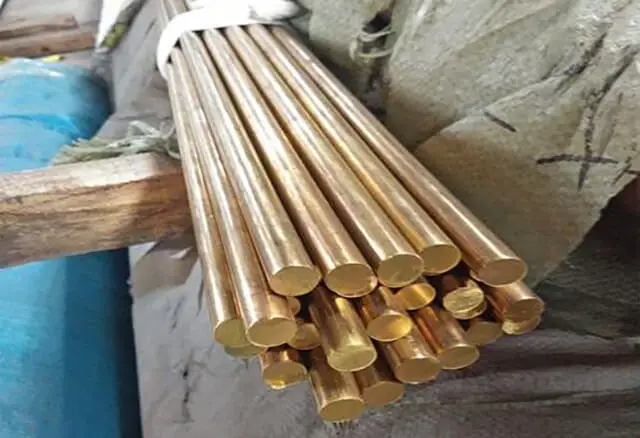
Manganese bronze is a type of alloy that has copper as its base element and manganese as its main alloying element. The main grades of manganese bronze are QMn1.5 (Cu-1.5Mn) and QMn5 (Cu-5Mn), among others.
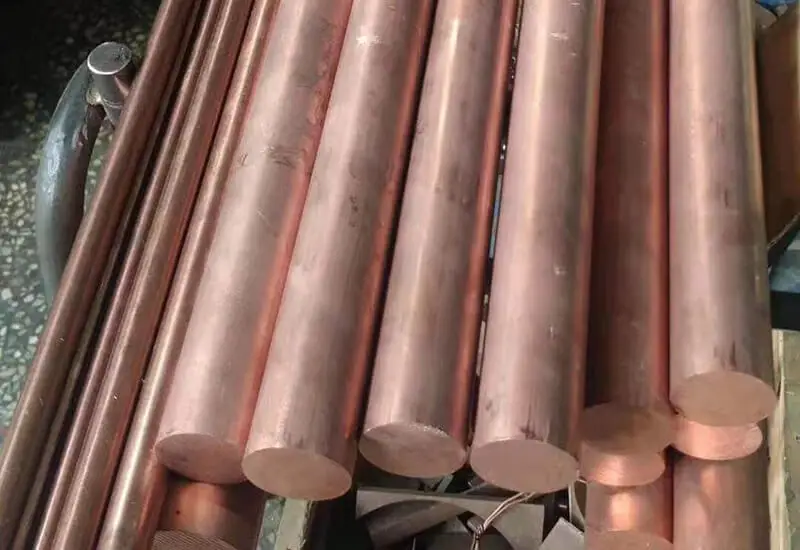
Chrome bronze is a type of copper alloy that contains 0.4% to 1.1% chromium. Chromium bronze can be strengthened through quenching, aging, or quenching and cold deformation aging treatments.
At the eutectic temperature of 1072°C, the maximum solubility of chromium in copper is 0.65%. As the temperature decreases, the solid solubility of chromium decreases rapidly, and chromium particles are precipitated after solid solution and aging treatments.
The addition of chromium significantly improves the recrystallization temperature and thermal strength of the alloy, but slightly decreases the conductivity of copper. The conductivity of solution-treated chromium bronze rod is 45% IACS, which increases to 80% IACS after aging treatment. The softening temperature of aged chromium bronze is 400°C, which is double that of cold-worked copper.
This alloy can be used in both casting and deformation states. When aluminum and magnesium are added as alloying elements of chromium bronze, a thin, dense oxide film forms on the surface of the Cu-Cr alloy that is firmly bonded with the base metal, improving the high-temperature oxidation resistance and heat resistance of the alloy. The content of aluminum and magnesium in the alloy is usually not more than 0.3%.

Cadmium bronze is a special type of bronze that has cadmium as its main alloying element, and sometimes 0.35% to 0.65% chromium is added. Cadmium and copper form a solid solution at high temperatures, but the solid solubility decreases rapidly as the temperature decreases.
The low content of cadmium results in a weak particle strengthening effect of the precipitated phase, and therefore, the alloy cannot be age-hardened by heat treatment and can only be strengthened through cold deformation.
Cadmium bronze has high conductivity and thermal conductivity, good wear resistance, wear reduction performance, and corrosion resistance, as well as good processing performance. It is widely used in the manufacture of conductive, heat-resistant, and wear-resistant parts for electrical devices.
It is important to note that the volatile matter of cadmium is toxic, and the material must be prepared through melting methods while paying attention to safety measures during the melting process. The domestic grade of cadmium bronze is QCd1. It is available in the form of plates, strips, rods, and wire.
Its main applications include motor commutators, switch elements, spring contacts, waveguide cavities, high-strength transmission lines, joints and contact welding electrodes, and rollers, among others.
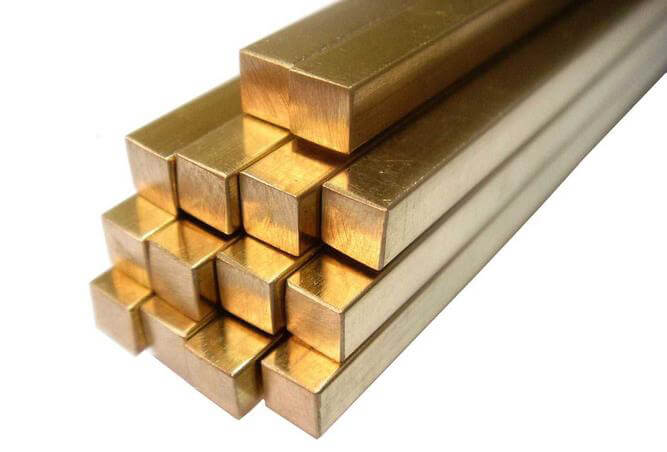
Zirconium bronze is a special type of bronze that has zirconium as its main alloying element, and sometimes a small amount of zirconium is added to improve its strength. The common grades of zirconium bronze are QZr0.2 and QZr0.4.
It has good thermal strength and creep resistance, and retains good plasticity and conductivity at high temperatures. Zirconium bronze is produced through the melting method.
It is mainly used as resistance welding parts and high-strength electrode materials. The use of zirconium bronze is becoming increasingly widespread in the iron and steel industry due to its high conductivity, thermal conductivity, and ease of processing.
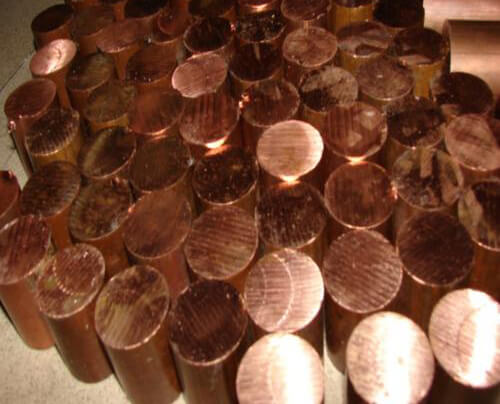
Chromium zirconium bronze is an alloy that has high strength, hardness, electrical conductivity, and thermal conductivity, as well as good wear resistance. After aging treatment, its hardness, strength, electrical conductivity, and thermal conductivity are significantly improved, making it easy to weld.
It is widely used in applications such as motor commutators, spot welding machines, seam welding machines, electrodes for butt welding machines, and other components that require strength, hardness, conductivity, and conductivity at high temperatures.
As an electric spark electrode, chromium zirconium bronze can produce an ideal mirror surface with good upright performance. It can achieve effects that are difficult to achieve with pure red copper, such as flaking, and is suitable for difficult-to-machine materials such as tungsten steel.
The grades of chromium zirconium bronze include C18150, C18200, C15000, and C15100.
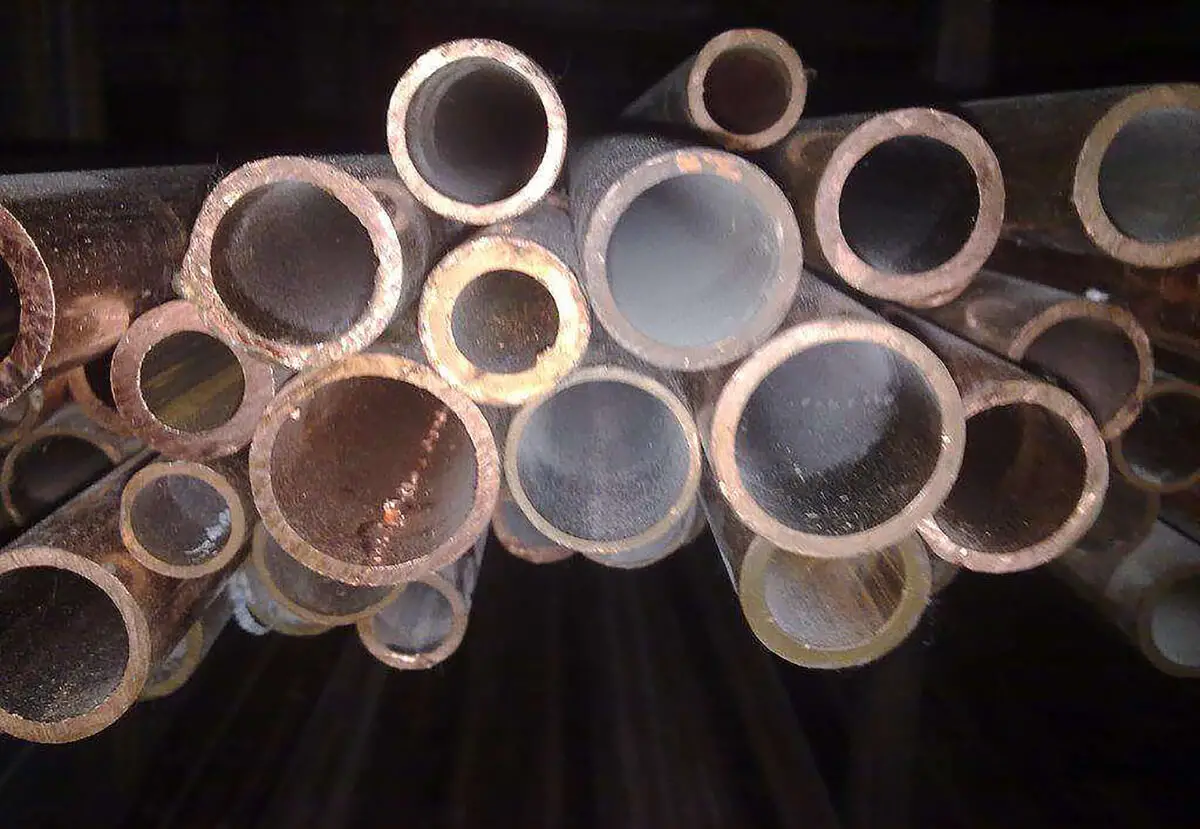
Titanium bronze refers to a copper alloy that has titanium as its main alloying element. It is a new type of elastic material that has good workability, both cold and hot. Through heat treatment, the properties of titanium bronze can be greatly improved and strengthened. For instance, its tensile strength can be increased from 686 MPa to 1009 MPa.
Titanium bronze is used in the manufacture of high-strength, high-elasticity, and high-wear-resistant elastic elements, electrical switches, relay elastic elements, membrane boxes, diaphragms, gears, bearings, bearing pads, and bearing sleeves, among other applications.
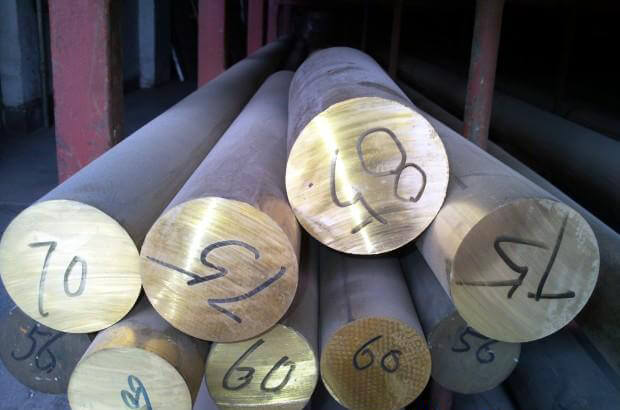
Magnesium bronze is a type of magnesium copper alloy. The domestic grade of magnesium bronze is QMg0.8. It is a binary alloy of copper and magnesium and is commonly used as a conductive material, such as cables, and can replace cadmium bronze in many applications.
Magnesium bronze is mainly supplied in the form of wire and is primarily used to manufacture conductive components such as cables and aircraft antennas.
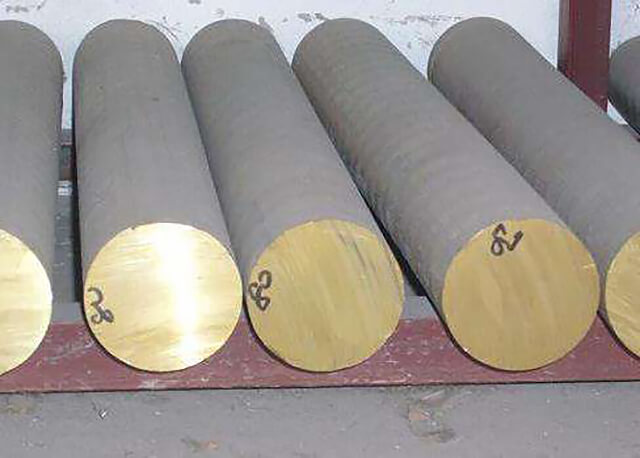
Iron bronze is a type of bronze that has iron as its main element. Copper-iron alloys, also known as iron bronze, are represented by the C19400 alloy in America.
Through heat treatment, the precipitation of iron in the alloy improves its strength and heat resistance. The tensile strength in its hardened state can reach 415-485 MPa, and its conductivity can reach 60% IACS.
Iron bronze is widely used as a lead frame material for integrated circuits and is included in the ASTM B465-85 standard in the United States. This standard also includes the C19200, C19500, and C19600 alloys, which have iron contents of 0.8% to 12%, 10% to 20%, and 9% to 12% respectively, and phosphorus contents of 0.01% to 0.04%, 0.01% to 0.35%, and 0.25% to 0.35% respectively.
In China, the equivalent to the C19400 alloy is the QFe2.5-0.1 iron bronze.

